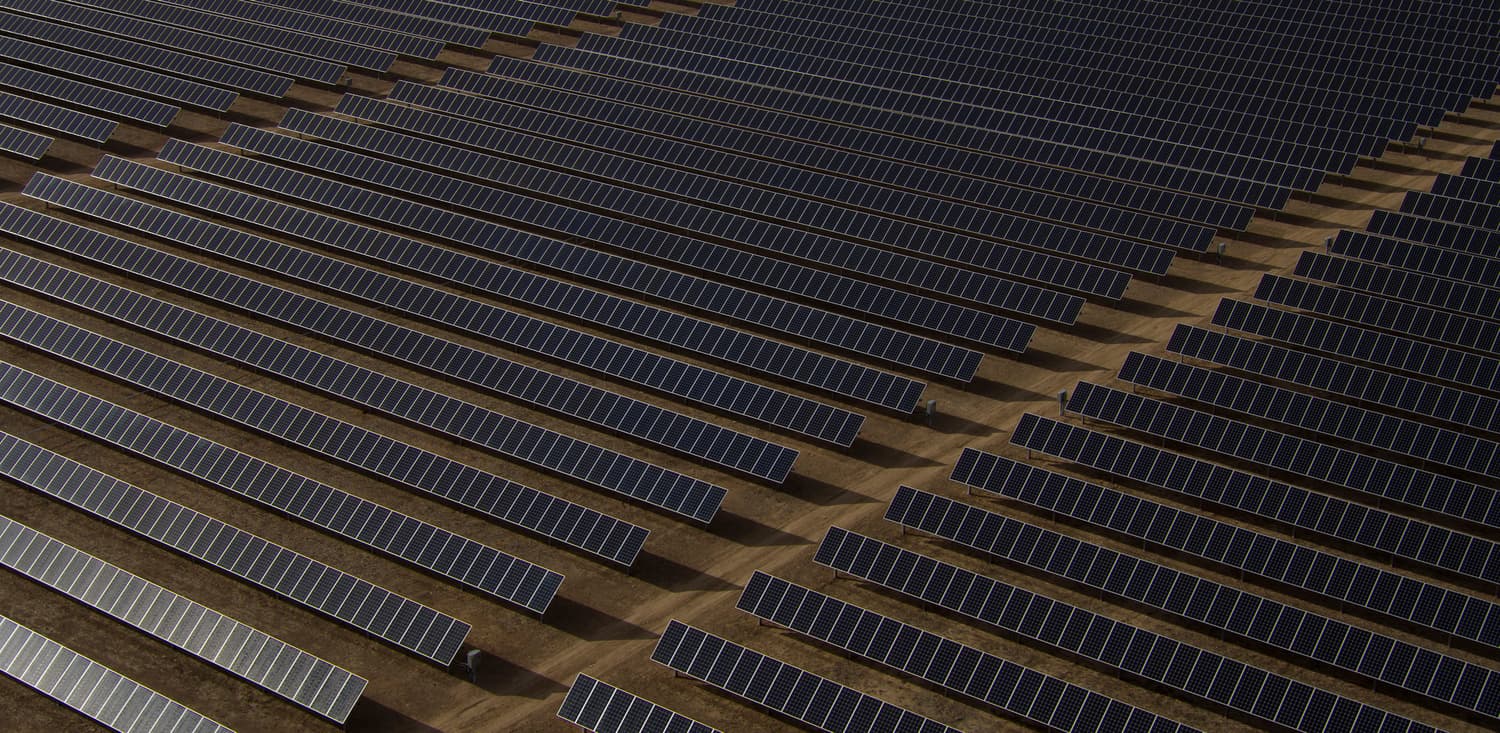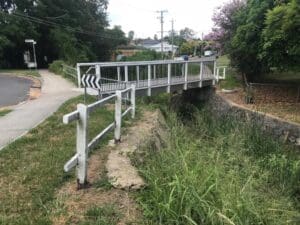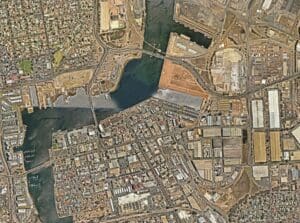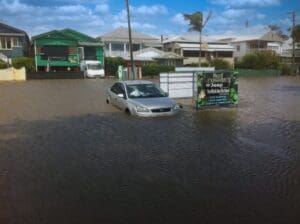Murrin Murrin Operations Renewable Energy Project

Client
Scope
Impact

Client
Scope
Impact
Project Overview
The Murrin Murrin Renewable Energy Project, located in the north-eastern Goldfields region of Western Australia, is a joint development by Glencore and APA. This innovative project aims to establish a hybrid renewable energy system comprising a 25 MW solar photovoltaic (PV) array, a 36 MW wind farm, a 33/11 kV substation, and associated infrastructure. Positioned approximately 45 km east of Leonora and 65 km west of Laverton, the project leverages the region’s arid-to-semi-arid climate to generate sustainable energy for local and regional use.

Hydrology Study Objectives
To support the project, iCubed Consulting engaged WMS Engineering to conduct a comprehensive hydrology study. The study’s primary objectives included assessing the baseline hydrological environment, identifying potential constraints from existing conditions, and proposing a conceptual stormwater management strategy. Additionally, the study involved flood risk assessments, evaluating the feasibility of the proposed development, and ensuring compliance with environmental and regulatory standards. Key outputs included the development of advanced hydrological and hydraulic models, flood mapping for various annual exceedance probability (AEP) scenarios, and tailored mitigation measures.
Environmental and Developmental Considerations
The study revealed that the project has minimal impacts on hydrology, with proposed design features such as elevated wind turbine platforms and adjusted track alignments mitigating flood risks. Flood mapping and stormwater management plans confirmed negligible changes to stormwater quality and quantity, with runoff directed over vegetated swales to preserve ecological integrity. By prioritising low-impact designs and sustainability, the project supports renewable energy goals while maintaining harmony with the local environment and cultural heritage.


